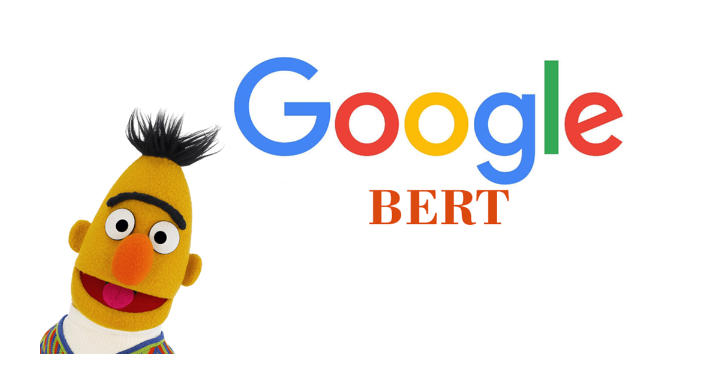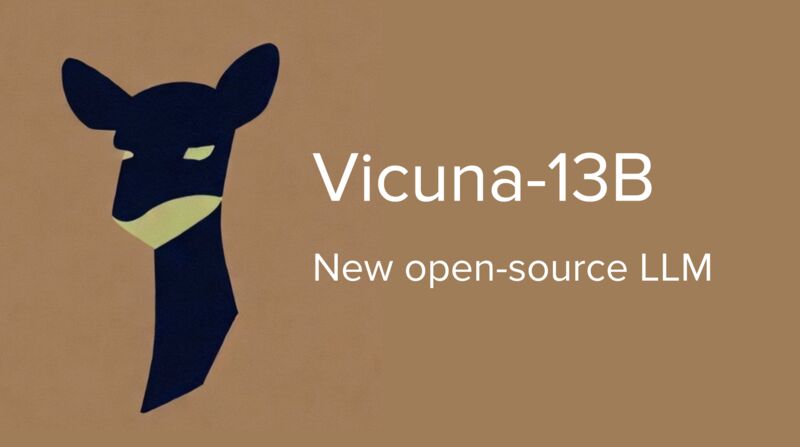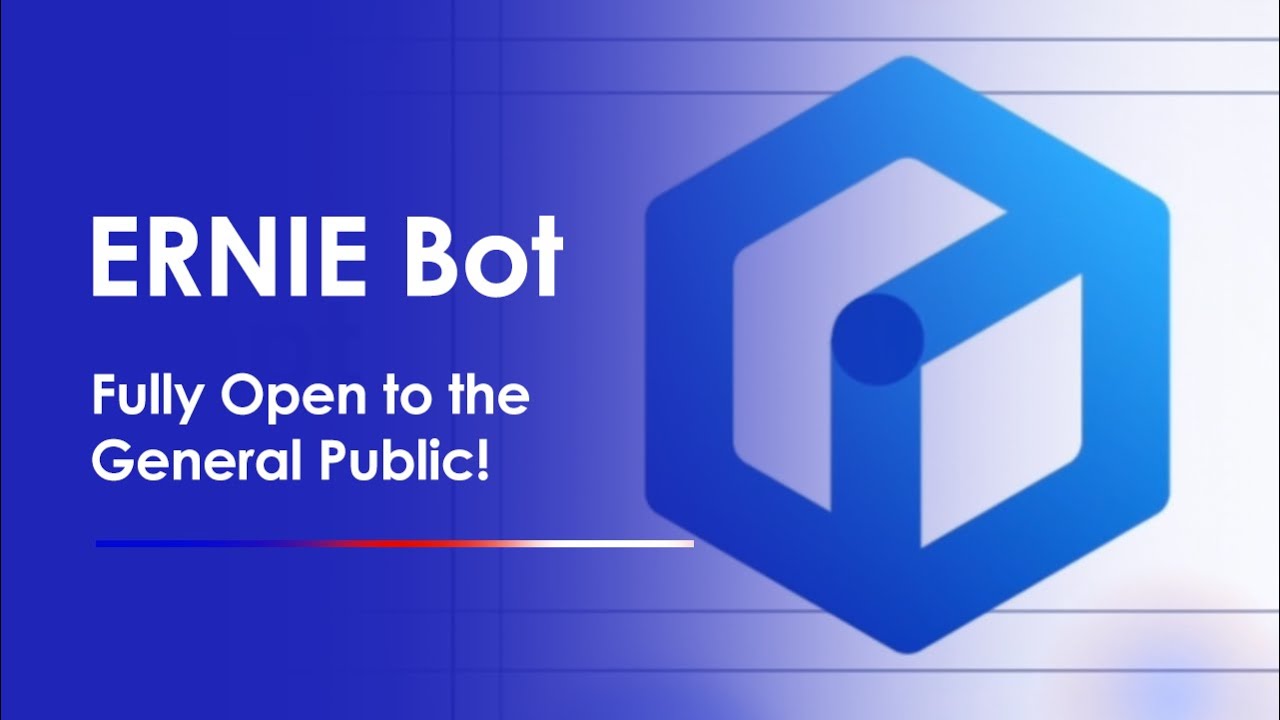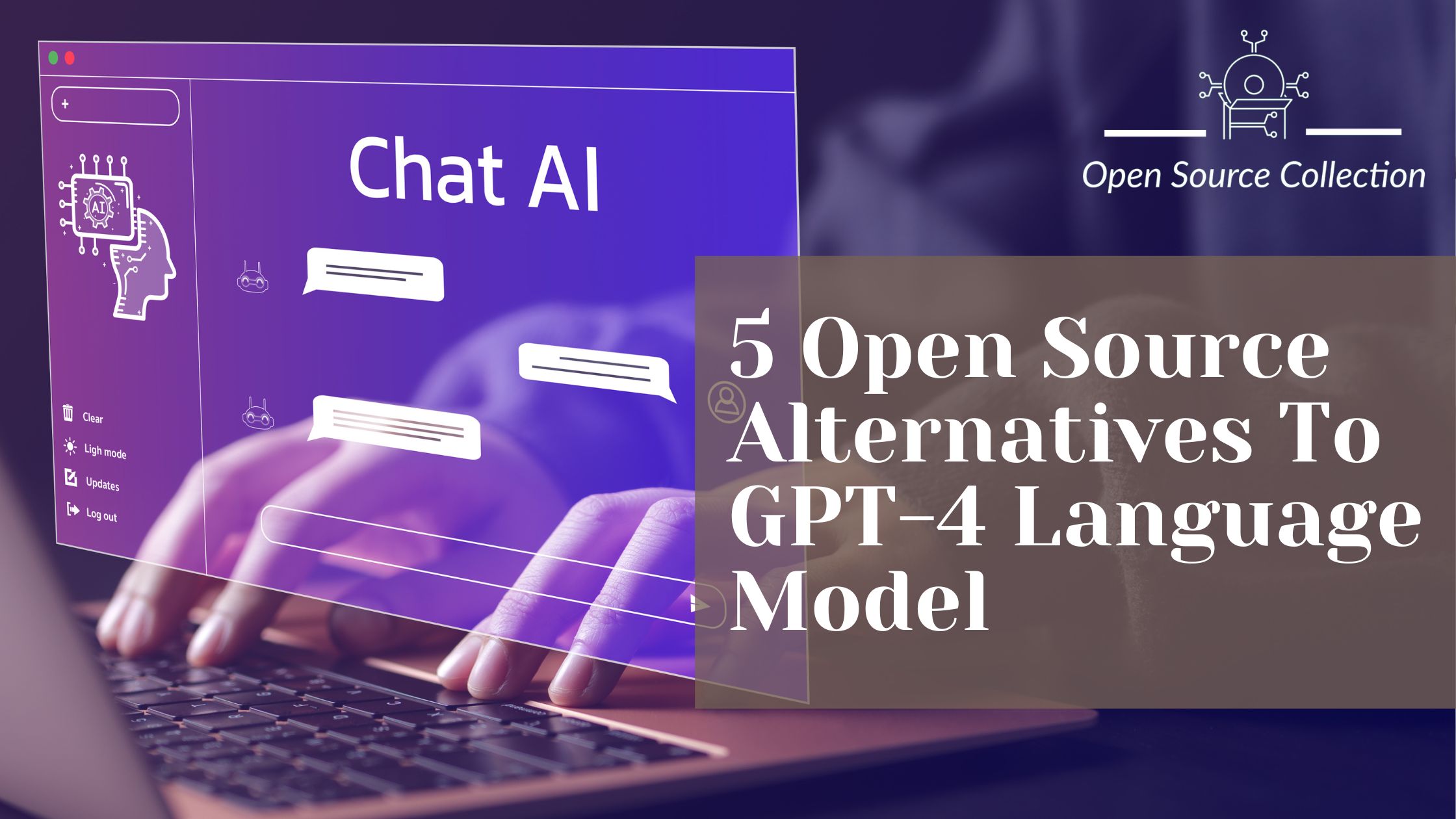GPT-4 is the most advanced Generative AI invented by OpenAI. It has been one of the main driving forces reshaping an overall labor model. Yet, GPT-4 is a closed-source tool, so it becomes difficult to establish the very same result without having access to codes, data, or model dimensions. The platform has some limitations as well. These constraints play a critical role in causing businesses and individuals to not get the best out of a given service. Issues like an ongoing subscription fee as well as a theoretical setting of expertise fall behind the scenes discouraging those with no knowledge about the technology behind the automation of the platform from optimizing and improving it.
As a consequence of those high barriers to entry that the users of GPT-4 have to overcome, there are several GPT-4 open-source alternatives available, which offer users the possibility of use and even free options in appreciation of the official GPT-4 learning model and similar workflows and performance., This article introduces you to GPT-4 concepts and why it is wise to use GPT-4 open-source alternatives. In addition, this article features the five best GPT-4 open-source alternatives you can use in your project. Ready? Join us as we navigate this important topic.
What Is GPT-4?
Generative Pre-trained Transformer 4 (GPT-4) is a state-of-the-art language model developed and released by OpenAI, a well-known AI research organization, on 14th March 2023. The "GPT-4" name signifies the fourth generation of the series of foundation models whose features, performance, and accuracy have improved substantially since the previous versions.
The GPT-4 is a text generator at the center of which the purpose is to automatically collect, review, and analyze pre-existing data to create text, as closely as humanly possible, predicts and anticipates what a user would have wanted to type based on a preset criterion. GPT-4 is better known as ChatGPT, a proprietary chatbot owned by OpenAI, released on November 22, 2022. The chatbot can generate text that aims to satisfy the user’s intent when they type in customized prompts. As from its release, this has seen a wide number of skills ranging from powering something as simple as Microsoft Bing Chat, among others. And you know what the future of open source in the era of chat GPT-4 is quite strong because GPT is playing a vital role in open source development.
Why Use GPT-4 Open Source Alternatives?
There are several reasons why you wouldn't be against sorting through open-sourced substitutes to the full version of GPT-4.
-
More Features and Functions: Regarding price, open-source alternatives of the initial GPT-4 have more features as well as functionality that exceed that of the original GPT-4. Other alternatives like Auto-GPT overpowers the functions of GPT-4, expelling the workload of the user by their own creating prompt templates. By organizing your needs to the system you don't need to write texts more yourself. Outlining desired outcomes (goals) or results the system will follow instructions, perform the steps needed and finally achieve needed results.
-
Reduced Carbon Footprint: In fact, the backlash against products like GPT-4, or ChatGPT, which are immensely power consuming is not far from being unleashed on them. Because natural language models depend heavily on GPU processing power and memory capacity, for achieving the purpose there comes a huge waste of energy as well. In light of the fact that the GPT-4 open-source alternatives aim to minimize the amount of computing power needed to perform, it is not surprising.
-
Save Money: Therefore, GPT-4 is neither free to use but rather to some level of its use you need to pay for it. This token-based system means that the price of 1,000 tokens is equal to about 750 words, whose value is USD 0.03 (Input) and USD 0.06 (Output). Although it may appear as a reasonable price at a glance, applications of the OpenAI Language models are becoming extensive which in turn requires a huge amount of human language data, thereby driving the cost for companies
Similar to this: 10 GPT-3.5 Open-Source Alternatives
List Of Open Source Alternatives to GPT-4 Language Model
1. BERT

Created and launched by Google in November 2018, BERT (Bidirectional Encoder Representations from Transformers) is an innovative language representation model that is used for pre-training and fine-tuning to develop models equipped to perform a wide range of tasks.
A technique known as Masked LM BERT is used to preprocess data bi-directionally which allows the system to learn non-linearly and therefore gain more depth in comprehension of the information contained in the commands that are provided and as a consequence, the accuracy of the text and reasoning improves. For these reasons, instruction of BERT is quite simple; it entails training the system on custom data, and this makes it easy for the user to fine-tune the system for particular needs, such as providing answers related to a specific field, niche, or business sector.
2. Vicuna

It's training on around 70k user conversations (taken from ShareGPT) and its fine-tuning on LLaMA (which is the Open-Source development of Large Language Model Meta AI, the family of the large language model AIs developed and released by Meta (Facebook) AI), the open-source alternative called Vicuna is another attention-drawing chat-bot.
While an initial evaluation indicates that its quality is 90% or more of that of the rivals like ChatGPT and Google Bard and it also beats LLaMa and Alpaca in 90% of the cases in the initial evaluation, Vicuna stands at present inability to do work on reasoning and mathematics. Aiming to resolve the current issues within a short period, the developers are making their way to have the platform fully developed as time passes by.
3. ColossalChat

ColossalChat was among the preliminary open-source alternatives to GPT-4 made available to the public back in March 2023, immediately after GPT-4 went out to consumers. Although just because it was one of the first, that doesn’t make it its only achievement: Among other advanced features that ColossalChat offers is knowing that it can work with 7 billion parameter models on 4GB GPU memory (this makes it lightweight and energy efficient).
One more point you would like to mention about ColossalChat is the pipeline that includes the RLHF (Reinforcement Learning from Human Feedback) feature, which includes the ability to perform supervised data collection and fine-tuning, which allows the AI to act and adapt.
4. Ernie

In October 2023, the Baidu Artificial Intelligence (AI) lab met the expectations of the commercial market by releasing Ernie 4.0, a similar model to, sometimes even exceeding, the quality of OpenAI’s GPT-4 model. Notably, it combines such functionality into a single point, the Baidu Map, which subsequently enables users to access any features on Ernie (with the support of natural language queries) without having to rely on external sources that power Ernie.
The Ernie Bot has already been released and is currently free to use on its official website. Unfortunately, only Chinese results have been supported till now. Alongside this associated technology, the trained version of the model is powering the same chat access of the company also named ErnieBot. Signing up by more than 45 million users since being launched. As the building cost of a chatbot can significantly amass attention, the ErnieBot is useful to customers who may want to play with it.
5. ChatNBX
-86666c6d15bebf90.png)
ChatNBX is the open-source framework for constructing AI systems and data intercommunication that promotes security, individualization, and teaching. In terms of privacy, it’s a platform that asks for personal information required, so you save yourself from the stress of handing over your personal information for no reason.
One more plus worth mentioning is that ChatNBX allows you to set the ‘temperature’, or, to put it differently, you can alter how the given responses will be produced. It is all about whether you desire more concise answers or something more detailed; adjust ChatNBX to match your preferences.
Also Read: Top 5 open-source AI tools for developers
Wrap Up
These GPT-4 mimics can enable researchers, developers, and small-scale business owners to build up their language-based technology products but still get a share of the market from the giants of the segment. While there are models that are not beyond GPT-4 performance, some of them could have the potential to overtake GPT-4, with time and community contributions.
FAQs
In terms of the nearer-to-the-GPT-4 model, gtp-4-0613 has the feature call ability again, and it has the longer 8K flexible context window length as well. Also, get-4-0613 consists of 32k speech contexts that only a chosen few have access to, which is taken as the most expensive and advanced one.
BERT is a step ahead of ChatGPT 4. BERT utilizes bidirectional context, in which language model sequences are read both from right to left and left to right. This helps BERT gain sufficient power to create language online. On the other hand, Chat GPT produces sentences word by word taking into account the preceding sentence it generated.
Though GPT-4 is still winning in the general performance versus open-source LLMs, it is a race with open-source models sparking up again. They are unique in form and are fully focused on the specific case; therefore they have better, faster and cheaper performance.
LLaVA 1.5 is competitively a widely known replacement for GPT-4V. Though LLaVA is crafted mainly for VQA. As LLaVA is an image understanding system, it can be by asked to answer questions concerning images. Keep in mind this is just the beginning. The team has been already conducting some initial object detection and Character Recognition (OCR) missions.

